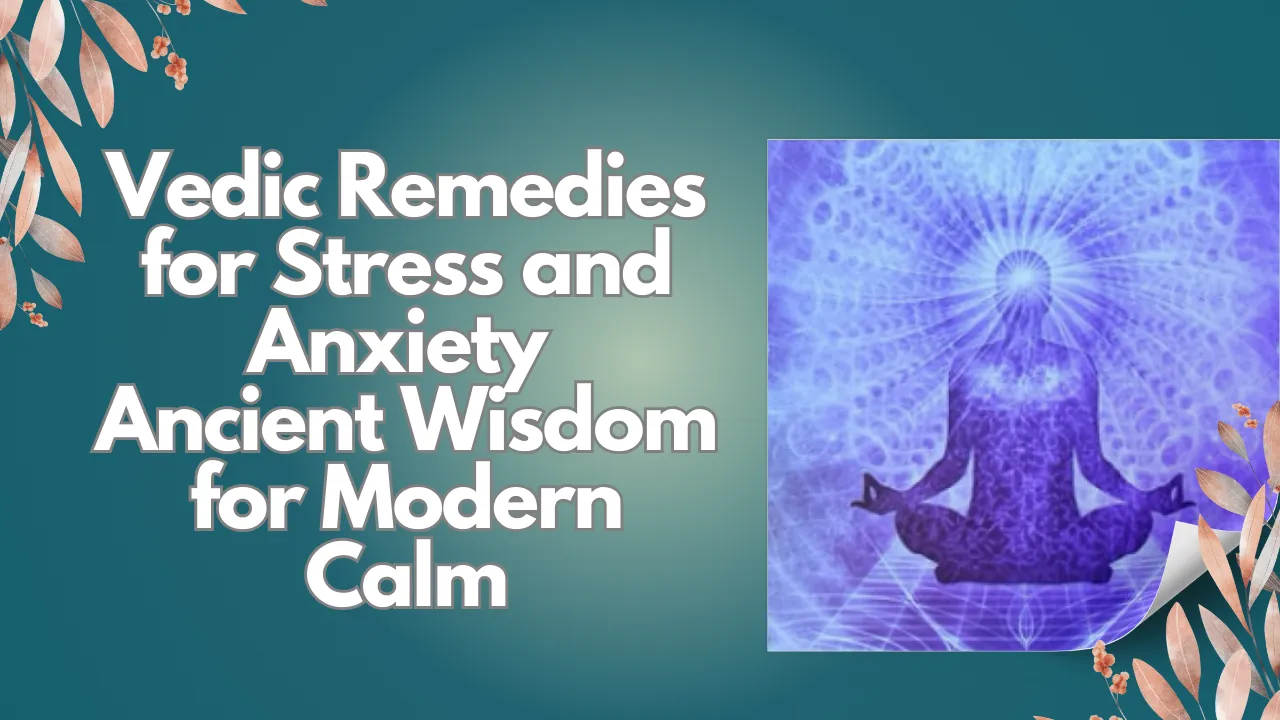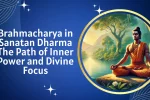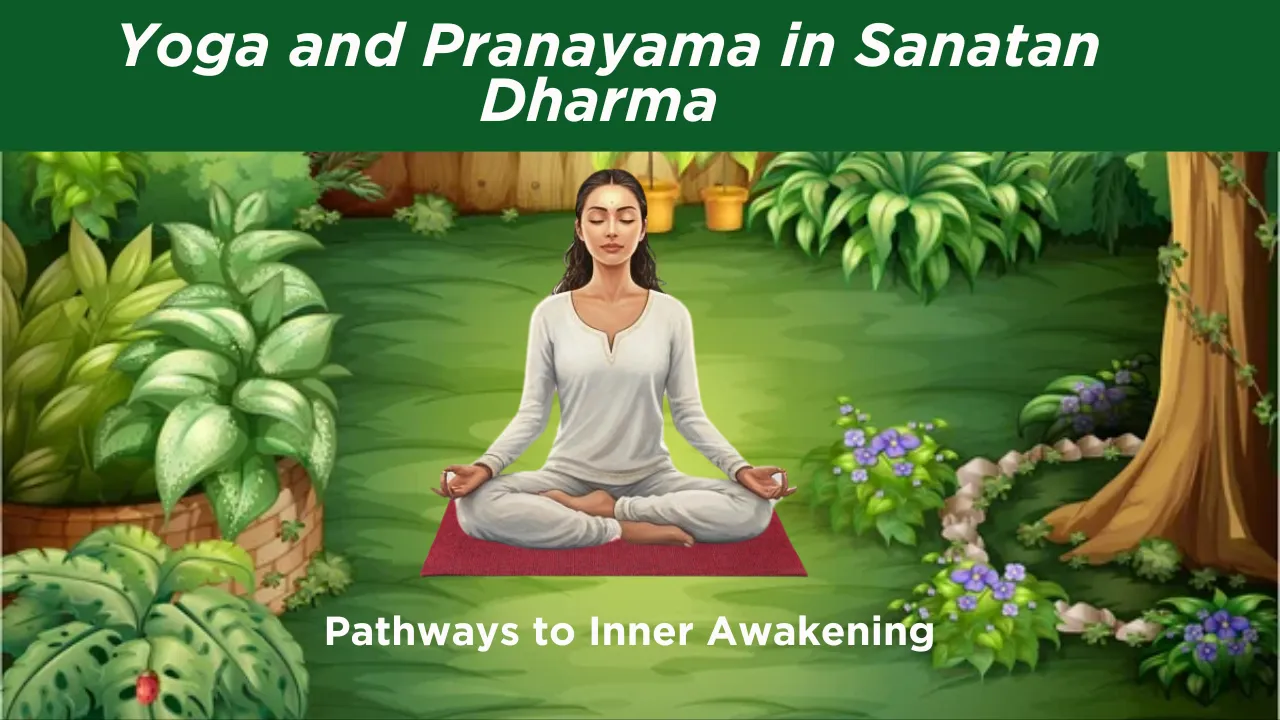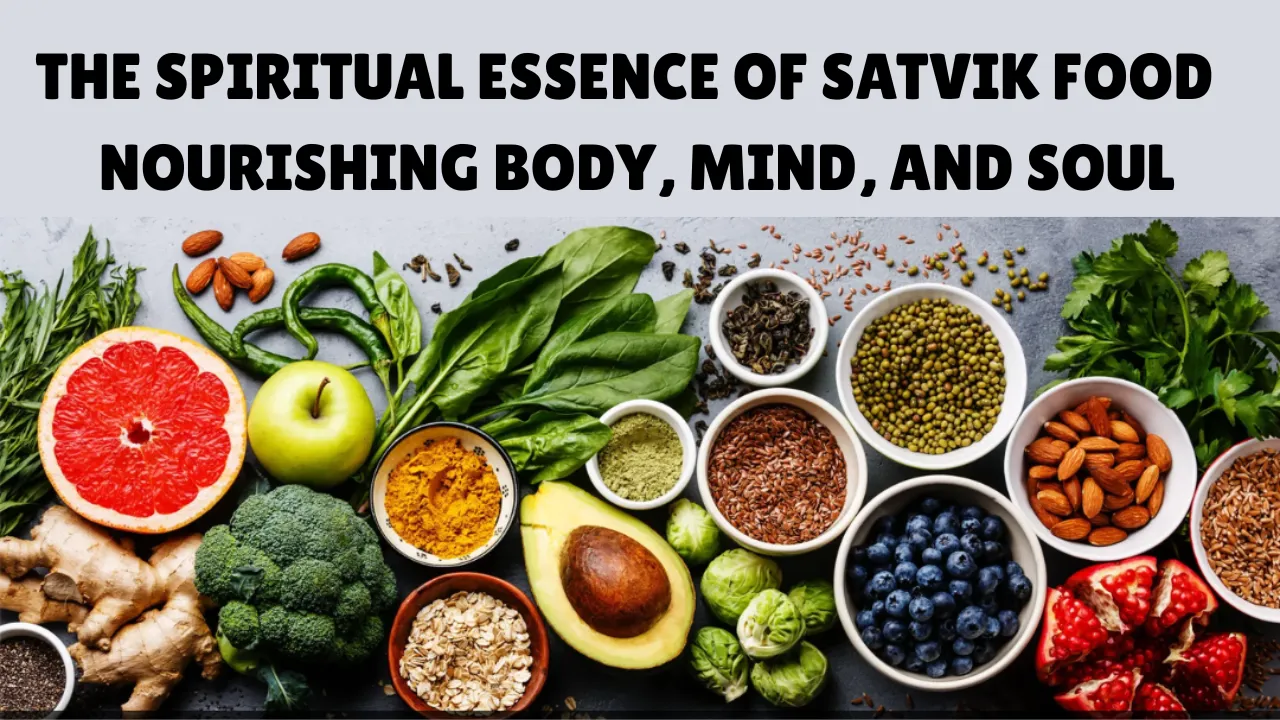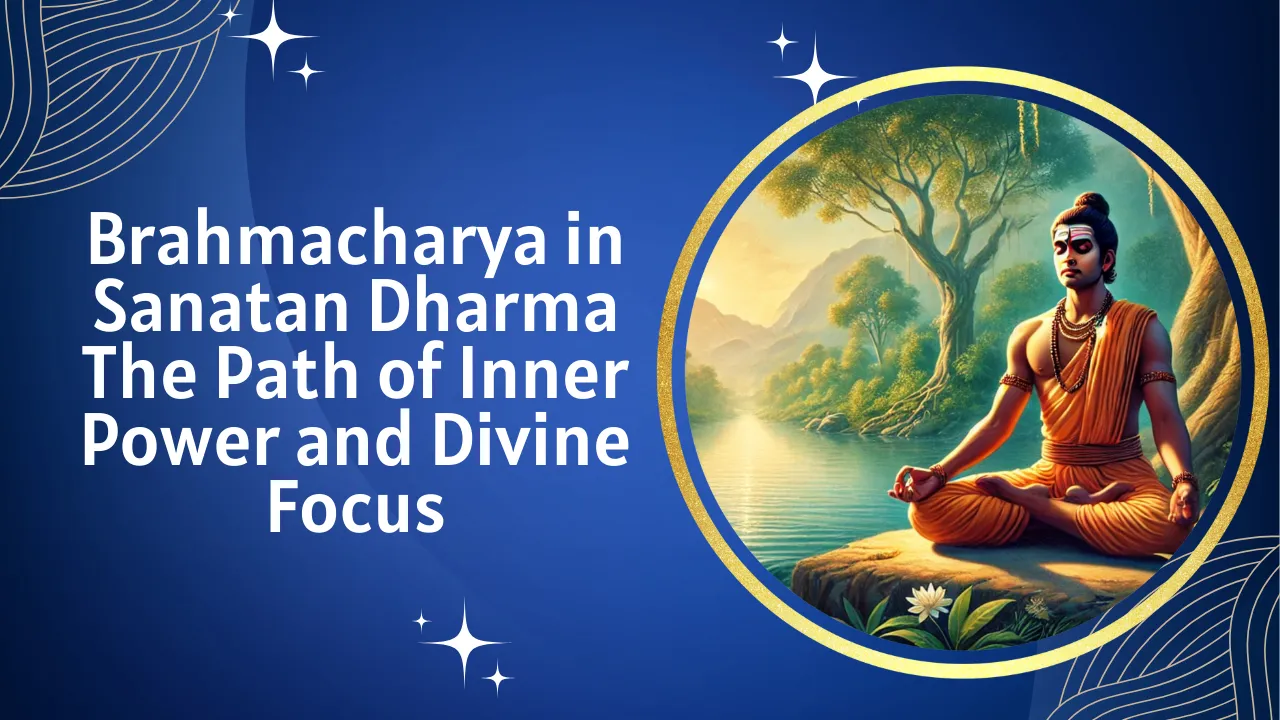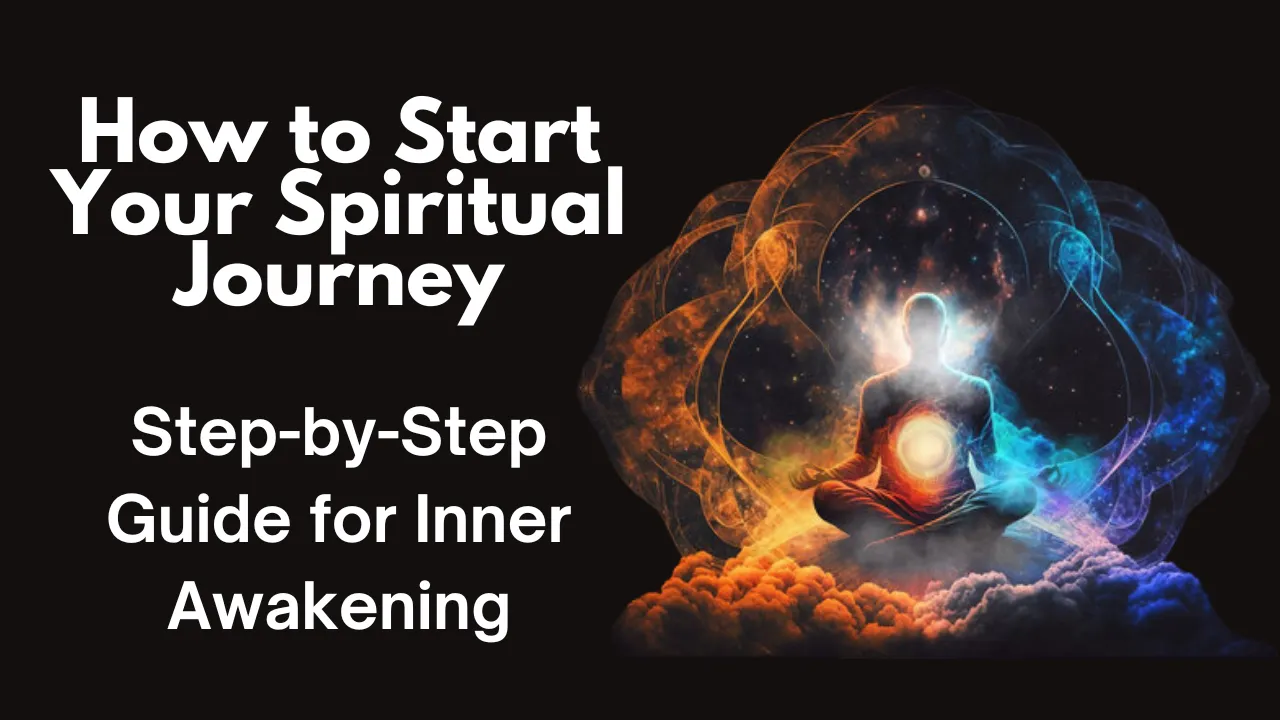Vedic Remedies for Stress and Anxiety: In the whirlwind of modern life, stress and anxiety often arrive uninvited, clouding our inner peace. Yet, long before the first psychologist wrote a theory, the seers of ancient India had already explored the mind and its intricacies.
Vedic remedies for stress and anxiety offer time-tested, holistic practices to calm the mind, nurture the body, and align the soul. Rooted in Sanatan Dharma and Ayurveda, these methods are gentle, natural, and deeply effective for those seeking true balance.
The Wisdom of the Vedas for Emotional Well-being
Vedic remedies for stress and anxiety don’t suppress symptoms—they aim to harmonize the body’s energies and bring the mind back to its natural, serene state. Let’s explore these practices step by step, combining breath, herbs, mindfulness, and ancient self-care.
1. Pranayama (Breath Control): The Bridge to Inner Calm
Breath is the anchor of the mind. When the breath is disturbed, the mind follows. Vedic sages understood this deeply.
- Bhramari Pranayama (Bee Breath): The soft humming sound mimics a bee, calming the brain and soothing the nerves.
- Nadi Shodhana (Alternate Nostril Breathing): Balances the two hemispheres of the brain and removes energetic blocks.
- Ujjayi (Ocean Breath): Slow, deep breathing with a slight constriction in the throat to calm the nervous system.
Practice these for 5–10 minutes daily to feel grounded and mentally refreshed.
2. Meditation & Mindfulness: Anchoring the Mind in the Present
Stillness is strength. Through meditation, we return to the now, shedding the weight of regrets and future worries.
- Breath Awareness: Simple and profound. Watch the breath. Return to it when distracted.
- Mantra Meditation: Repeating sacred sounds like Om Shanti brings mental clarity and heart-centered calm.
- Yoga Nidra (Yogic Sleep): A guided deep relaxation technique that reaches the subconscious and dissolves tension.
3. Ayurvedic Herbs: Nature’s Adaptogens
Ayurveda offers plant allies to gently soothe and restore balance.
| Herb | Effect | How to Use |
| Ashwagandha | Lowers cortisol, reduces stress | With milk or ghee at bedtime |
| Brahmi | Enhances memory, reduces mental fog | Capsule, oil, or with warm water |
| Jatamansi | Deeply calming, aids in sleep | Powder form or as an herbal oil |
| Shankhapushpi | Promotes emotional balance | As syrup or powder with honey |
| Tulsi | Builds immunity, reduces anxiety | As tea or liquid extract |
These herbs work best when taken consistently under guidance.
4. Abhyanga (Oil Massage): Healing Through Touch
Self-massage is not a luxury—it’s a daily ritual of healing.
- Use warm sesame oil (for Vata), coconut oil (for Pitta), or mustard oil (for Kapha).
- Massage the body gently before bathing, focusing on the scalp, soles, and joints.
- This practice improves circulation, grounds the nervous system, and releases emotional blockages.
5. Diet: Satvik Nourishment for the Mind
You are what you eat—and so is your mind.
- Eat Satvik Foods: Fresh fruits, seasonal vegetables, whole grains, nuts, ghee, and light dairy.
- Avoid Rajasic and Tamasic Foods: Say no to overly spicy, stale, processed, or heavy meals.
- Sleep Elixir: Warm milk with cardamom or nutmeg helps unwind the body and mind.
- Herbal Teas: Sip on chamomile, peppermint, or tulsi to calm your nerves.
A calm stomach often means a calm mind.
6. Nada Yoga (Sound Healing): Healing Through Vibration
The Vedas declare, “Nada Brahma”—the world is sound.
- Listen to chants, nature sounds, or calming mantras like Om or Gayatri Mantra.
- Even a few minutes of sound immersion daily can reduce restlessness and promote deep inner balance.
7. Nature Connection: Grounding in Simplicity
In Vedic tradition, Prakriti (nature) is a living expression of the Divine.
- Spend time in a park, near trees, or watching a sunrise.
- Practice earthing—walk barefoot on grass or soil to discharge mental toxins.
- Observe the sky, birds, or flowing water. Let your senses reset.
When in doubt, go back to nature.
Daily Integration: Simple Vedic Routine for Stress Relief
| Time of Day | Practice |
| Morning (Brahma Muhurta) | Wake early, meditate, do pranayama |
| Mid-morning | Drink herbal tea, read something uplifting |
| Afternoon | Short mindfulness break, gentle walk |
| Evening | Light, satvik meal |
| Night | Warm milk, oil massage, gratitude journaling |
Final Thoughts: Walking the Path with Grace
Healing anxiety through Vedic wisdom is not about instant fixes. It is about returning to your natural rhythm, one breath, one mantra, one peaceful thought at a time.
Consistency is your companion. Simplicity is your strength.
These Vedic remedies for stress and anxiety remind us that peace is not something we find—it is something we remember. By aligning with the ancient rhythms of breath, nature, and thought, you create space within where joy naturally arises.
